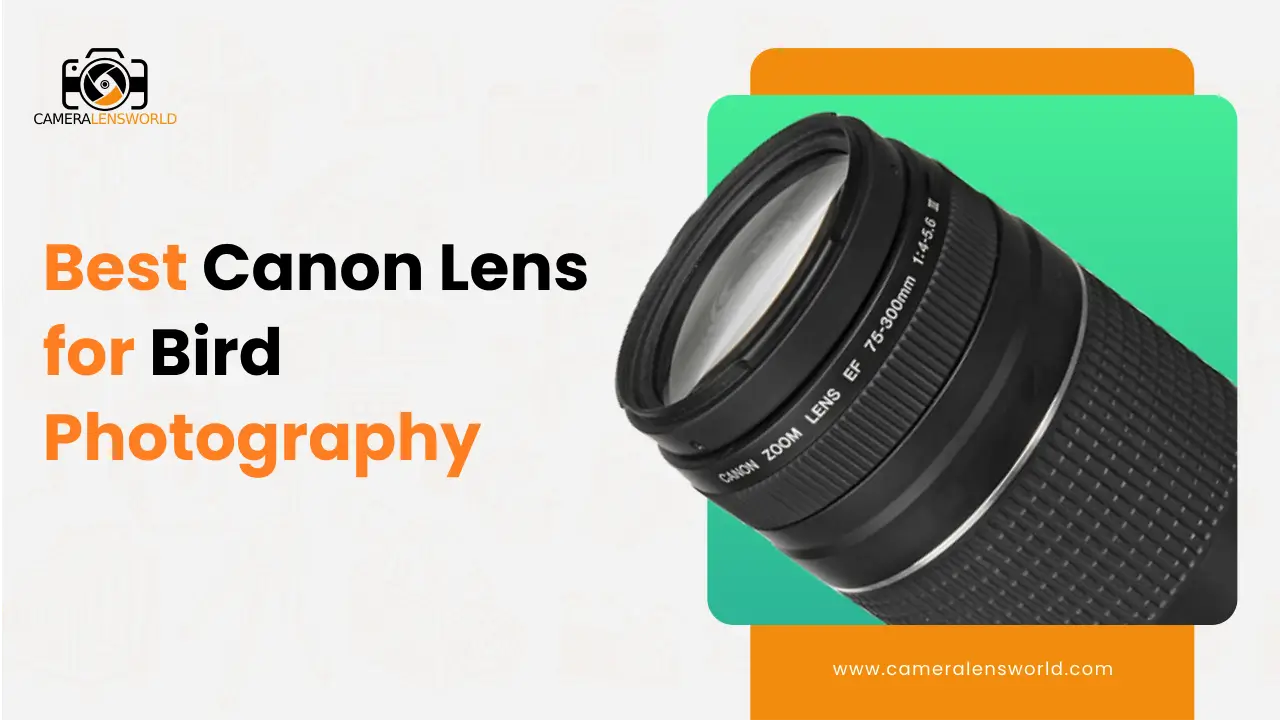
Imagine you’re in a quiet forest early in the morning when a colorful bird suddenly appears. You want to capture this beautiful moment, but do you have the right camera lens?
In my previous article, I talked about the best camera lens for bird photography in general. Today, I will focus on Canon lenses, popular among bird photographers, and it will be easy for you to select the best Canon lens for bird photography.
So, if you’ve ever wondered which Canon lens is perfect for capturing those amazing bird photos, keep reading!
List of best Canon lens for bird photography [Quick review]
Here’s a brief compilation of the best Canon lens for bird photography.
- Canon EF 100-400mm f/4.5-5.6L IS II USM
- Sigma 100-400mm f/5-6.3 DG OS HSM | Contemporary
- Canon EF 600mm f/4L IS III USM Lens
- Sigma 60-600mm f/4.5-6.3 DG OS HSM
- Tamron 16-300mm F/3.5-6.3
- Canon EF 75-300mm f/4-5.6 III Lens
- Canon RF 100-500mm f/4.5-7.1L IS USM
List of best canon lens for bird photography [Detailed analysis]
I’ll now go over each of the best Canon lens for bird photography, giving detailed specifications to help you choose the best one for your needs.
1. Canon EF 100-400mm f/4.5-5.6L IS II USM
- The Canon EF 100-400 mm has a maximum aperture of f/ 4.5.
- The lens is weather-resistant.
- One fluorite and one super UD lens element provide excellent chromatic aberration correction over the full zoom range, allowing for high-quality photos with high resolution and contrast.
| Brand | Canon. |
| Type | Telephoto lens. |
| Lens format coverage | Full frame. |
| Compatible Mounting | Canon EF. |
| Image Stabilization | The lens has image stabilization. |
| No.of diaphragm blades | 9 blades. |
| Lens construction | 21 elements in 16 groups. |
| Minimum focus distance | 0.98 m. |
| Weight | 1640 g. |
| Adjustment | The lens has both autofocus and manual focus. Regardless of focus mode, the focusing ring always operates, and the switch allows you to adjust the focusing distance range. |
Reasons to buy:
- Provides an exceptional combination of cutting-edge performance.
- Compact design.
- Brilliant resolving power, ideal for birds, sports, and wildlife photography.
You can check my previous article to learn more about the best camera lens for sports photography and the best camera lens for wildlife photography.
Reasons to avoid:
- Limited low-light performance.
- Variable aperture.
2. Sigma 100-400mm f/5-6.3 DG OS HSM | Contemporary
- The Sigma 100-400mm has a maximum aperture of f/ 5.
- The lens is not weather-resistant.
- There is some chromatic aberration, but it is not extreme.
| Brand | Sigma. |
| Type | Telephoto zoom lens. |
| Lens format coverage | Full frame. |
| Compatible Mounting | Canon EF. |
| Image Stabilization | The lens has image stabilization. |
| No.of diaphragm blades | 9 blades. |
| Lens construction | 21 elements in 15 groups. |
| Minimum focus distance | 160 cm. |
| Weight | 1160 g. |
| Adjustment | The lens has both autofocus and manual focus. |
Reasons to buy:
- The lens produces sharp images.
- The lens is equipped with an Optical Stabilizer (OS) mechanism.
- The lens represents excellent value for money.
Reasons to avoid:
- Some chromatic aberration or distortion is possible.
- The build quality may not be as strong as in higher-end models.
3. Canon EF 600mm f/4L IS III USM Lens
- The Canon EF 600 mm has a maximum aperture of f/ 4.
- Dust- and water-resistant with fluorine coatings for usage in severe environments.
- The lens has less lateral chromatic aberration purple fringing around the frame’s edges.
| Brand | Canon. |
| Type | Telephoto prime lens. |
| Lens format coverage | Full frame. |
| Compatible Mounting | Canon EF. |
| Image Stabilization | The lens has image stabilization. |
| No.of diaphragm blades | 9 blades. |
| Lens construction | 17 elements in 13 groups. |
| Minimum focus distance | 4.2 m. |
| Weight | 3050 g. |
| Adjustment | Autofocus (USM). |
Reasons to buy:
- Superb image sharpness, clarity, and contrast.
- Bright f/4 aperture for excellent low-light performance and subject isolation.
- Fast and accurate autofocus with the USM (Ultrasonic Motor).
- Durable and weather-sealed construction for challenging conditions.
Reasons to avoid:
- High cost.
- Heavy and bulky.
4. Sigma 60-600mm f/4.5-6.3 DG OS HSM
- The sigma 60-600 mm has a maximum aperture of f/ 4.5.
- Superior weather seal, including a gasket at the lens mount.
- Some chromatic aberration or distortion is possible.
| Brand | Sigma. |
| Type | Super zoom lens. |
| Lens format coverage | Full frame. |
| Compatible Mounting | Canon EF. |
| Image Stabilization | The lens has image stabilization. |
| No.of diaphragm blades | 9 blades. |
| Lens construction | 25 elements in 19 groups. |
| Minimum focus distance | 60 cm. |
| Weight | 2700 g. |
| Adjustment | The lens has both autofocus and manual focus. |
Reasons to buy:
- Strong, functional, feature-rich design
- Excellent weatherproofing
- Unmatched full-frame 10x zoom to 600mm
- Very good optical performance across the zoom range.
Reasons to avoid:
- Big and heavy.
- Some optical falloff at 500mm wide open.
- Strong 60mm barrel distortion and CA.
5. Tamron 16-300mm F/3.5-6.3
- The Tamron 16-300mm has a maximum aperture of 3.5-6.3.
- It may protect against harsh weather.
- At wide-angle, there is strong magenta/green near the edges, which fades to low levels through 50-100mm before returning with a fury from 200-300mm.
| Brand | Tamron. |
| Type | Telephoto lens. |
| Lens format coverage | APS-C. |
| Compatible Mounting | Canon EF-S. |
| Image Stabilization | The lens has image stabilization. |
| No.of diaphragm blades | 7 blades. |
| Lens construction | 16 elements in 12 groups. |
| Minimum focus distance | 0.39 m. |
| Weight | 540 g. |
| Adjustment | Fulltime manual override allows you to make fine focus adjustments without leaving autofocus mode. |
Reasons to buy:
- Clear, sharp images with several coating layers.
- Compact and lightweight design for portability.
- Image stabilization (VC) for reduced camera shake.
Reasons to avoid:
- Build quality may not be as robust.
- Autofocus may not be as fast or accurate as higher-end lenses.
6. Canon EF 75-300mm f/4-5.6 III Lens
- The Canon EF 75-300 mm has a maximum aperture of f/ 4.
- The lens is not weather-sealed.
- At 300mm, pincushioning is noticeable, and vignetting is well-managed.
| Brand | Canon. |
| Type | Telephoto. |
| Lens format coverage | Full frame. |
| Compatible Mounting | Canon EF. |
| Image Stabilization | No image stabilization. |
| No.of diaphragm blades | 7 blades. |
| Lens construction | 13 elements in 9 groups. |
| Minimum focus distance | 1.5 m. |
| Weight | 480 g. |
| Adjustment | The lens has both autofocus and manual focus. |
Reasons to buy:
- Affordable price.
- Lightweight and compact design for portability.
- A basic option for learning and practicing telephoto photography techniques.
Reasons to avoid:
- Variable aperture (f/4-5.6) restricts low-light performance and subject isolation.
- It may exhibit chromatic aberration and other optical distortions.
7- Canon RF 100-500mm f/4.5-7.1L IS USM
- The Canon RF 100-500 mm has a maximum aperture of f/ 4.5.
- The 100-500mm is weather-sealed to protect against dust and moisture, allowing it to be used in severe weather.
- I was very pleased with what I saw regarding chromatic aberration management. I didn’t notice any lateral chromatic aberrations (which generally appear along the frame’s edges regardless of aperture).
| Brand | Canon EF. |
| Type | Telephoto. |
| Lens format coverage | Full frame. |
| Compatible Mounting | Canon RF. |
| Image Stabilization | Optical stabilization (OS) up to 5 stops. |
| No.of diaphragm blades | 9 blades. |
| Lens construction | 20 elements in 14 groups. |
| Minimum focus distance | 0.9 m. |
| Weight | 1530 g. |
| Adjustment | With dual nano USM, its autofocus is fast, quiet, and smooth. |
Reasons to buy:
- Versatile zoom range.
- Good image stabilization.
- Compatible with Canon RF-mount mirrorless cameras.
Reasons to avoid:
- High cost.
- It may not perform as well in low light compared to faster lenses.
What to look for in the best Canon lens for bird photography
1- Focal Range
For bird photography, a suitable focal range in a Canon lens should generally fall within 300mm to 600mm. This range allows for the necessary magnification to capture distant birds effectively without disturbing them.
Choosing a lens within this focal range, without specifying models ensures you have the versatility to capture a variety of bird species in different settings.
2- Optical Image Stabilization
When selecting the best Canon lens for bird photography, assess the presence of Optical Image Stabilization (IS), a crucial feature. Look for Canon lenses with IS, denoted in the lens name or specifications. IS compensates for a handheld shake, which is crucial for sharp images when shooting birds in the field. Check for multiple IS modes, allowing customization for different scenarios.
Some lenses offer enhanced IS performance, which can be a valuable asset when photographing birds at slower shutter speeds or higher magnifications. Ensure the lens IS complements your specific shooting style and budget, as it greatly improves the lens’s usability and image quality.
3- Zoom Method
When considering a Canon lens for bird photography, pay attention to the zoom method, typically categorized as either “push-pull” or “ring zoom.” Push-pull zoom involves moving the lens barrel to change focal length, which can be quick but may require practice for precise framing.
Ring zoom, on the other hand, uses a dedicated zoom ring for smoother and more controlled adjustments. While the choice between the two is a matter of personal preference, many bird photographers prefer ring zoom for its accuracy and stability when capturing fast-moving subjects. Ensure the chosen zoom method aligns with your shooting style and comfort for the best results.
4- Aperture
When evaluating a Canon lens for bird photography, consider the aperture indicated by an f-number (e.g., f/2.8, f/4, etc.). A wide aperture like f/2.8 allows more light and is excellent for low-light conditions but may have a shallower depth of field. For bird photography, an f/4 or f/5.6 lens offers a good compromise, providing decent light while maintaining a reasonable depth of field for sharp bird images.
Additionally, consider lenses with a fixed aperture throughout the zoom range for consistent exposure settings. However, your choice should also depend on your budget and specific bird photography needs, such as whether you prioritize low light or depth of field control.
Best canon lens for bird photography FAQs
What lens do professional bird photographers use?
For birders, the Canon 100-500mm is a popular and flexible lens. The 500mm focal range gives the photographer enough reach for distant shots of small birds or wildlife.
Which lens will we use to get a better image to shoot flying birds in the distance?
Generally, for bird photography, a 300-millimeter lens, usually a 2.8, is used, plus two extenders to attain 420 and 600 millimeters. There are also a variety of 400-millimeter choices, such as a 2.8 400 with superb image clarity and excellent low-light performance.
What is the minimum focal length for bird photography?
For good reason, many amateur bird photographers will tell you that 300mm is the minimum focal length lens for birds. That additional 100mm can make a significant difference. One of the primary lenses we utilize is the Canon EF 300mm F/4L USM (Non-IS), capable of producing stunning wildlife images.
Is 400mm enough for birding?
Regarding overall capacity, we believe a 400mm lens is the optimal focal length. It is small and light enough to be handheld but has enough “reach” to record a wide range of wild birds in detail. A 400mm lens is the longest without a tripod or monopod.
Conclusion
After thoroughly researching the best Canon lenses for bird photography, I’ve provided insights into some top choices. Now, it’s your turn to select the lens that aligns with your specific requirements and preferences.
If you’re new to lens selection, don’t forget to refer to my previous article, “Beginner’s Guide for Buying Camera Lenses,” for valuable tips and guidance. With the right lens, you’ll be better equipped to capture those incredible moments and elevate your bird photography to new heights.
In the world of bird photography, the right lens can make a significant difference in capturing those stunning avian moments. So, take your time, explore your options, and select the best Canon lens for bird photography that suits your unique style and requirements.
Happy bird shooting!
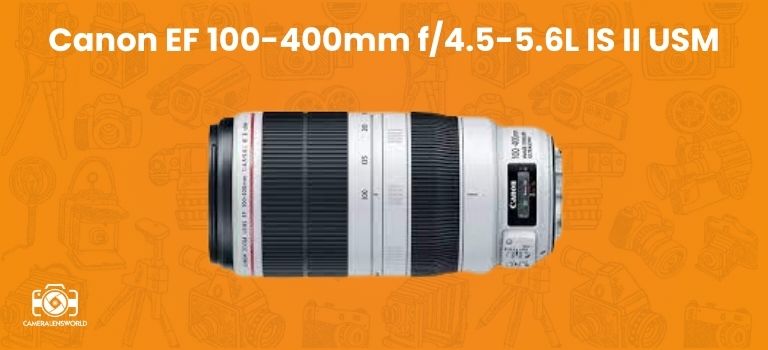
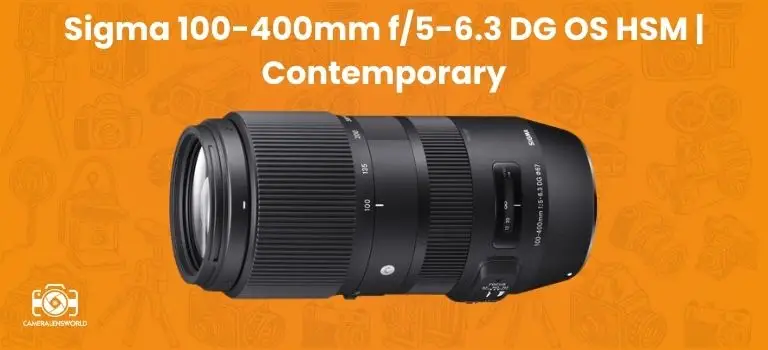

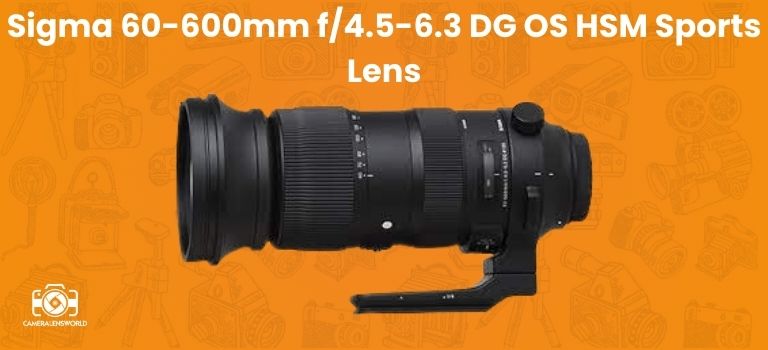
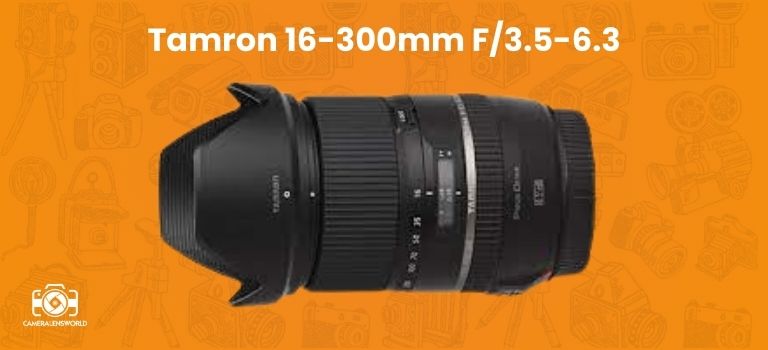
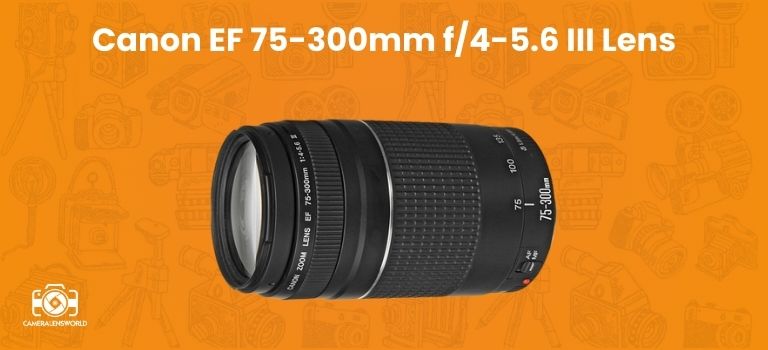

Leave a Reply
You must be logged in to post a comment.